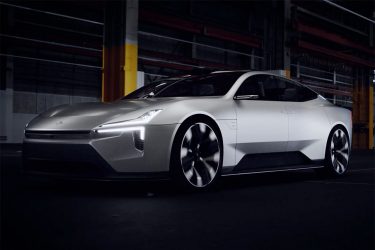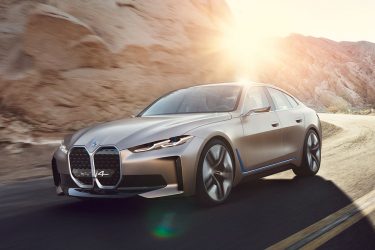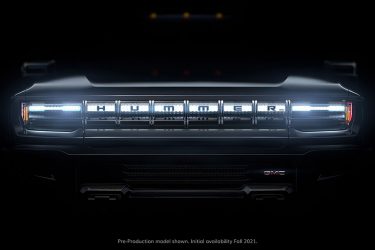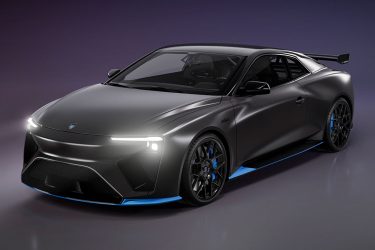Is the Future of Automotive Fully Charged?
Electric VS. Internal Combustion Engine Debate
I have seen the future, and it is electric. This might not sound like good news for the tuner scene, old-school hot rodders, and racers, but it actually is (though not for the reasons you might think). To see how I have reached this conclusion, it’s necessary to understand what hurdles electric cars have yet to overcome, and how they require a fundamental change in the way we think about getting from point A to point B.
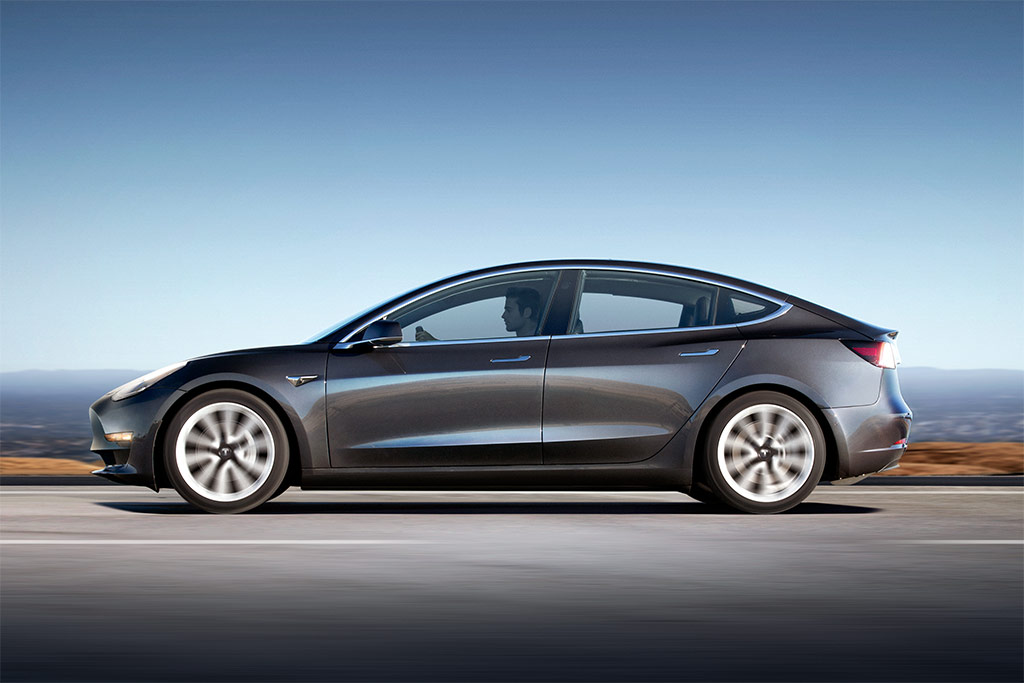
Companies like Tesla and Toyota have proven that pure-electric vehicles don’t have to be boring, slow, or impractical, and nobody can really argue with the results that General Motors has already achieved with the eCOPO purpose-built electric-powered drag race Camaro. But we’re still a long way from seeing the end of internal combustion, despite what lawmakers in certain states believe. Once you look past the mechanical differences between electric and fossil fuel power for personal transportation, the main issues come down to power storage and infrastructure.
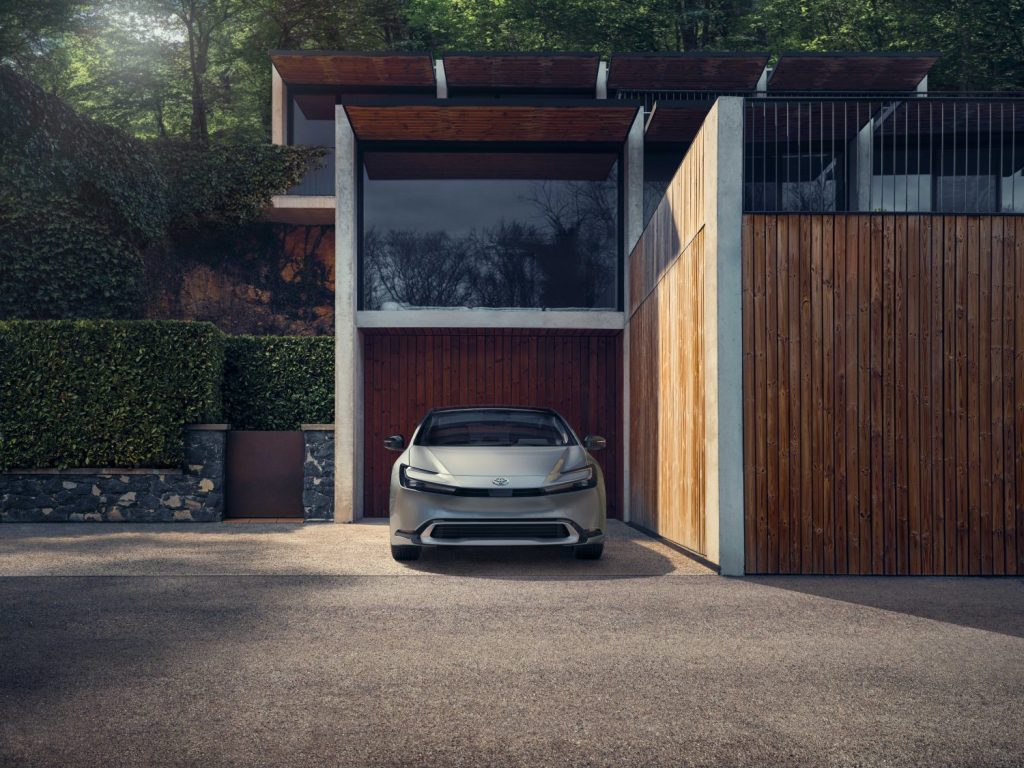
Photo Credit: Toyota
Density Matters
When the Horseless Carriage first began its conquest of the world’s roads, nobody knew what a car was “supposed to” be, and different ideas flourished. As the 20th century began, it wasn’t clear what technology would prevail, and both internal combustion and electric cars found eager (though mostly rich) buyers. In short order, though, piston-engine cars proved to be more practical, and one of the main reasons was that the best battery technology of the time was the lead-acid wet cell, which only offered very limited range.
Of course, we still use lead-acid batteries today to start our cars and to power things like forklifts and golf carts, because the batteries are relatively inexpensive, offer a decent service life, can deliver very high power output for short periods, and are tolerant of a good deal of abuse without failing in horribly dangerous ways. But the amount of energy that can be stored per pound of lead-acid battery is pretty miserable when compared with even very inefficient internal combustion engines, which puts a hard limit on its practicality for personal transportation. A typical 12-volt car battery has an energy density of about 30-40 Watt-hours per kilogram. Gasoline, on the other hand, has an energy density of over 12,000 Watt-hours per kilo. To put it in more relatable units, a 15-gallon fuel tank holds about the same potential energy as more than 700 average 40-pound car batteries.
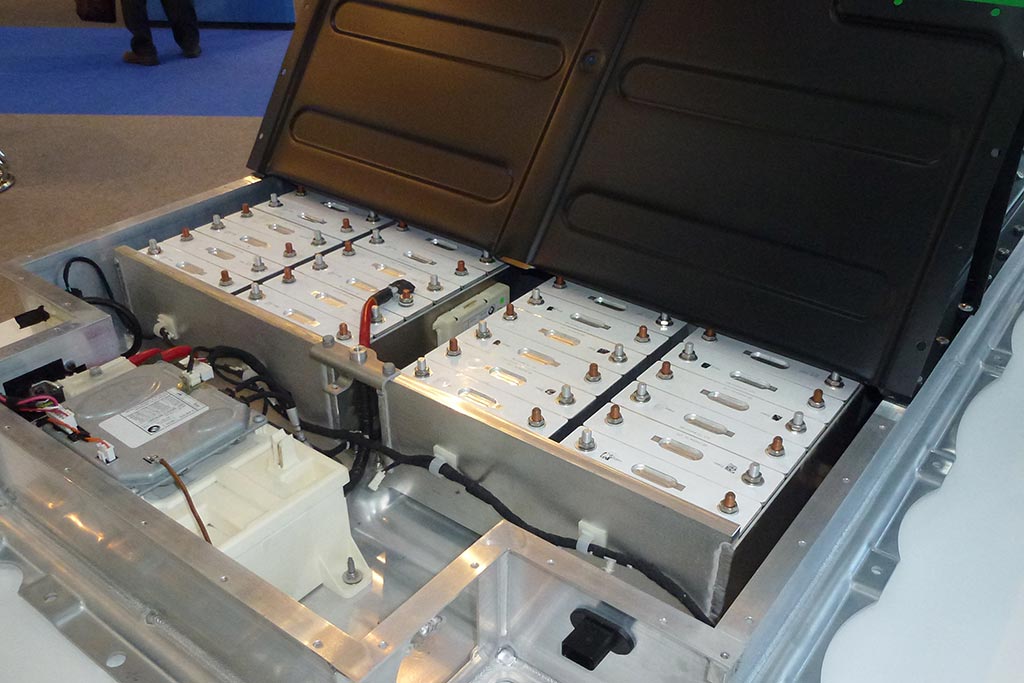
Obviously, driving around in a car that has a 14-ton battery pack isn’t really a practical option to get the same amount of available energy as a gas-powered car, and fortunately battery technology with far higher energy density has been developed, with commercially available lithium-ion batteries offering as much as 200 Watt-hours per kilo. But even at a five-fold increase in energy density, you still end up needing a battery pack that weighs 5,700 pounds to contain the same energy as less than 100 pounds of filled gas tank. This is the heart of the problem for electric vehicles – barring some scientific breakthrough that improves battery power density by an order of magnitude, the amount of total energy available in a reasonable electric vehicle chassis is always going to be far below that provided by an internal combustion drivetrain.
Companies like Tesla have proven that pure-electric vehicles don’t have to be boring, slow, or impractical…
The current gold standard for practical electric cars is the Tesla Model 3. It’s available in “standard” and “long range” versions with Li-Ion battery packs assembled from a large number of individual, commercially-available cells in capacities ranging from 50 to 75 kilowatt-hours. Estimated range on the EPA drive cycle for the Model 3 varies accordingly, from about 250 miles to about 320 between fully charged and fully discharged, which is an astonishing accomplishment considering how little energy the battery packs contain, compared to a tank full of gas. The quoted mass for the Model 3 long range pack is 480 kg, or about 1,060 pounds – more than a quarter of the total curb weight of the vehicle.
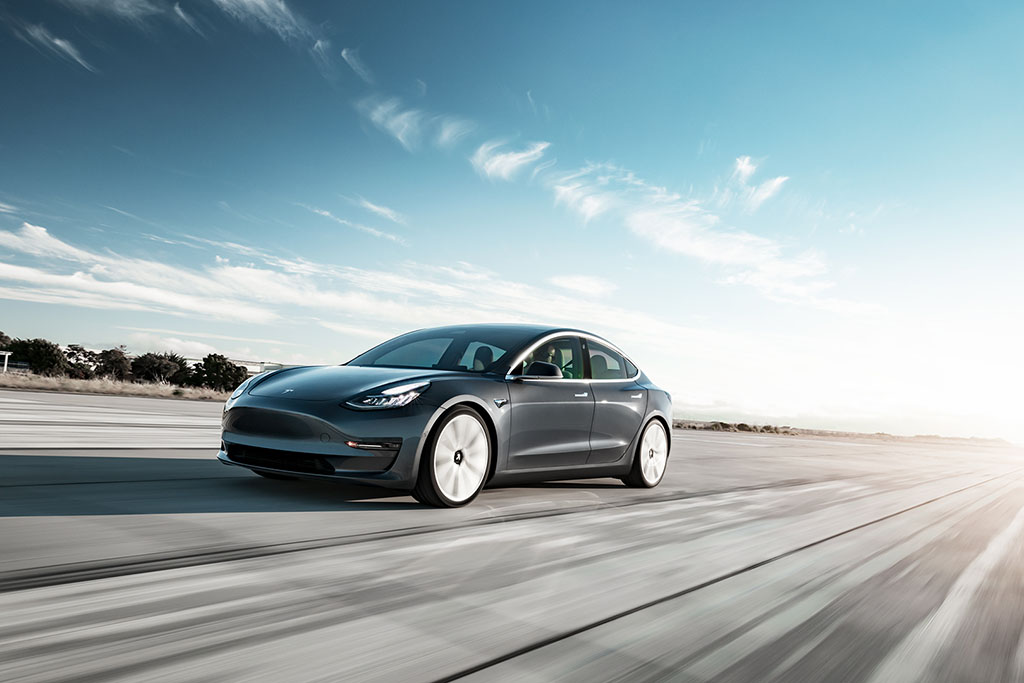
Tesla manages to achieve decent range by keeping the non-battery mass of the vehicle as low as possible, and by employing regenerative braking to recapture a portion of the energy spent getting the car moving to help stop it. It also helps that electric motors are very efficient in terms of converting input energy into useful work compared to internal combustion engines, which rarely operate in the narrow range of engine speed and load that is most effective in turning gasoline into motion. On the flip side, though, an ICE-powered vehicle won’t lose a significant portion of its potential range as the result of brief, aggressive application of the right-hand pedal, but this will absolutely murder the miles-to-empty on an electric vehicle.
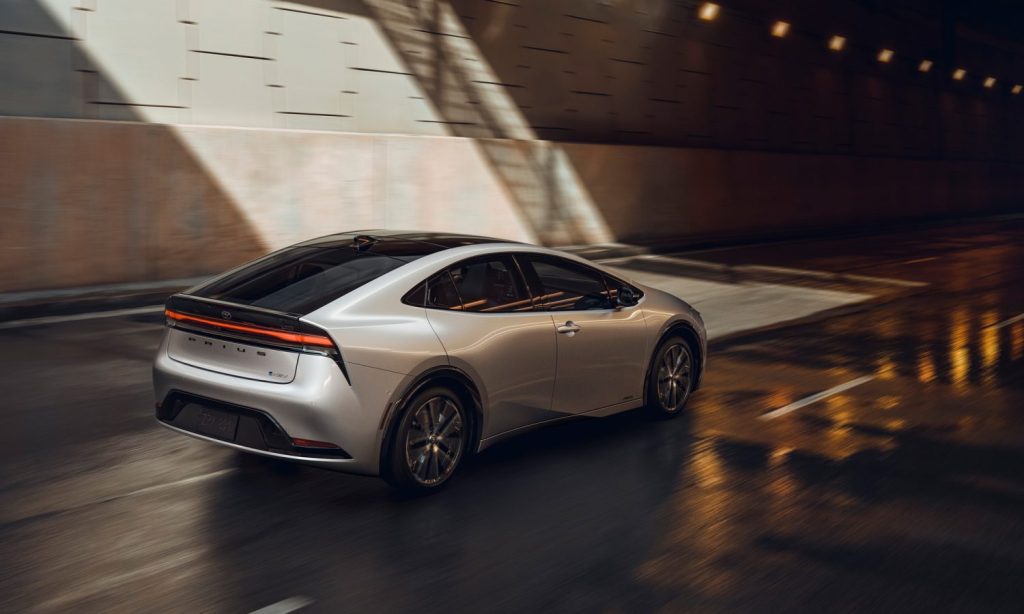
Photo Credit: Toyota
We’ve been using Tesla as our example here because to be honest, it’s the only pure electric mass-produced vehicle most enthusiasts would even consider owning. Nissan, GM, Fiat, and many others have offered their own all-electric models, but they tend to occupy the part of the market that is only concerned with efficiency. Nevertheless, they also have practical unrecharged ranges that are a fraction of comparably-sized gas-powered cars. Chemistry and physics both dictate just how much electric power can be stored on-board a practical car, and barring huge breakthroughs in battery technology, this will continue to be a primary challenge for the future of all-electric transportation.
Power to the People
The second major hurdle electric cars have to clear is the infrastructure required to recharge them. Utilities have built out their generation, transmission, and distribution networks without the additional load from car recharging in mind, and ‘time of use’ becomes a major issue. Electric power consumption from residential consumers peaks in the late afternoon and early evening, drops down overnight, then rises again during the day, while industrial demand is primarily concentrated during working hours. The grid is designed to cope with peak demand (hopefully – your experience may vary if you’re in California during the summer months) so the good news is that during off-peak times, there’s a considerable amount of additional capacity available for battery recharging. The bad news is that ‘green’ power doesn’t operate on a convenient schedule – wind happens when it happens, and solar output is dependent on time of day, the season, and weather.
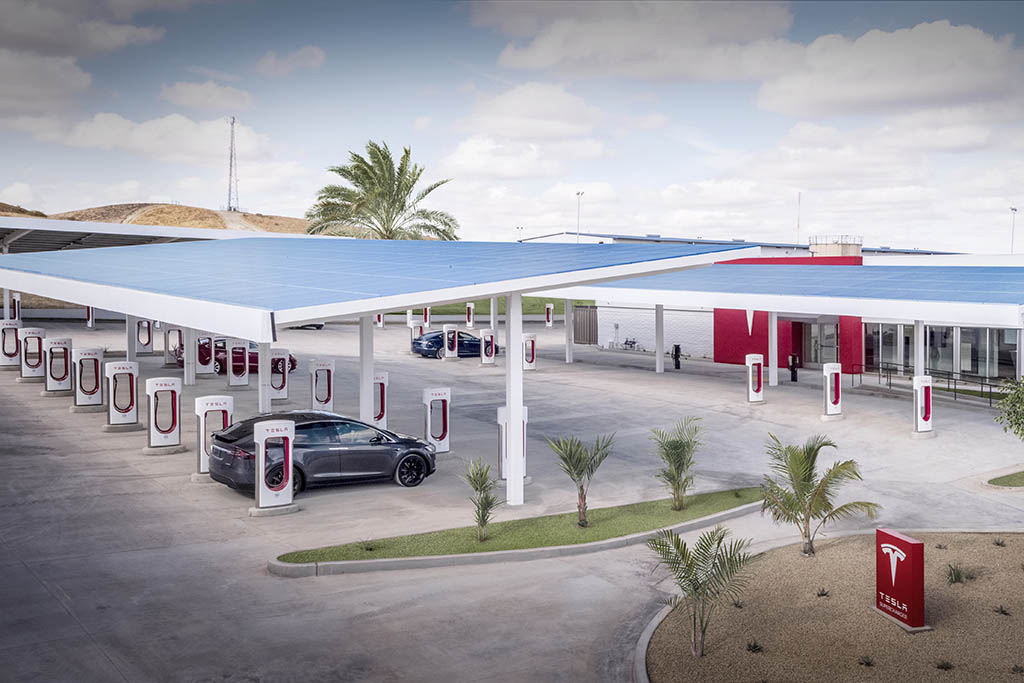
The traditional approach to planning generation capacity is to have the ‘baseline’ load taken care of by relatively inexpensive, large-scale fossil fuel power plants that run constantly but can’t react quickly to changes in demand, supplemented by smaller plants that are less efficient and cost more per kilowatt-hour but that can be quickly brought on-line or shut down as needed. Nuclear power once promised ‘electricity too cheap to meter,’ but as we all know, the technology wasn’t exactly ready for prime time in terms of safety. Improvements to reactor designs have made proposed future nuclear plants safer for people and the environment than any other electric power source, including wind and solar if the complete life-cycle of the system from mining raw materials to decommissioning are considered, but the stigma attached is simply too great for massive new nuclear projects to be viable from a public acceptance standpoint.
So, the challenge is, “how do you charge all these electric cars without building a bunch of new fossil fuel plants or doubling the capacity of the transmission and distribution grid?” Big solar generation plants are one possible solution that takes advantage of the economies of scale offered by centralizing power production, but as was previously mentioned, solar doesn’t run on a convenient timetable. That means that, just like electric cars themselves, power storage becomes an issue. Battery storage on a massive scale appropriate for a power grid would be absurdly expensive and/or take up a huge amount of space, but “pumped storage” is one potential option.
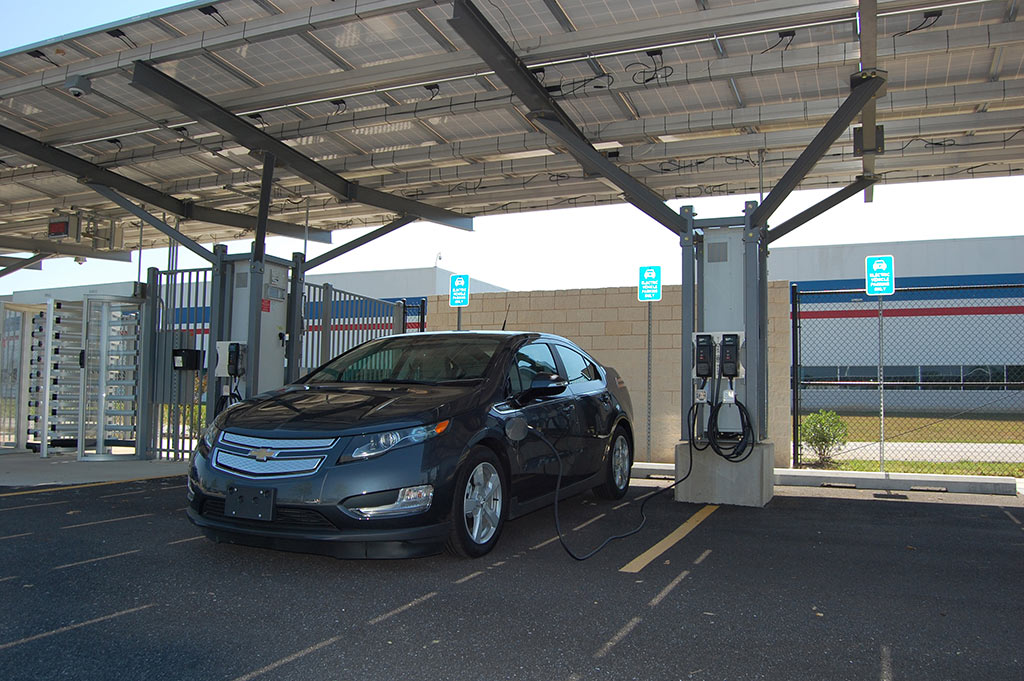
The idea behind pumped storage is a lot like keeping a grandfather clock ticking by pulling weights up to the top, then letting them run the mechanism by slowly dropping down on their chains. During the day, solar energy is used to run pumps that fill a man-made reservoir on top of a hill, then when power is needed and the sun isn’t shining, the pumps run backwards as turbines to generate power by letting the water flow back down into the lower reservoir. Overall, the process isn’t very efficient, with the majority of the power supplied by the solar generation lost to friction, resistance and heat, but it has the advantage of being both very cheap compared to batteries and very easy to scale up, simply by digging bigger reservoirs.
…solar doesn’t run on a convenient timetable. That means that, just like electric cars themselves, power storage becomes an issue.
In the end, though, electric cars themselves may be the solution to the generation and storage problems they pose. Thanks in large part to government grants and tax credits to offset costs and outright building code requirements to include photovoltaic panels in new construction, businesses and homes are adding solar generation to their roofs at an increasing rate. In some sunbelt states, so much excess capacity is being added during daylight hours that electric utilities are now faced with having more power than they need being fed into the grid. More electric cars on the road would mean more batteries on wheels, parked during the day and ready to soak up that solar-generated electricity from a distributed network of roof-top solar panels at work and at home, but it will require a significant shift in the way we think about keeping our personal vehicles “topped up.”
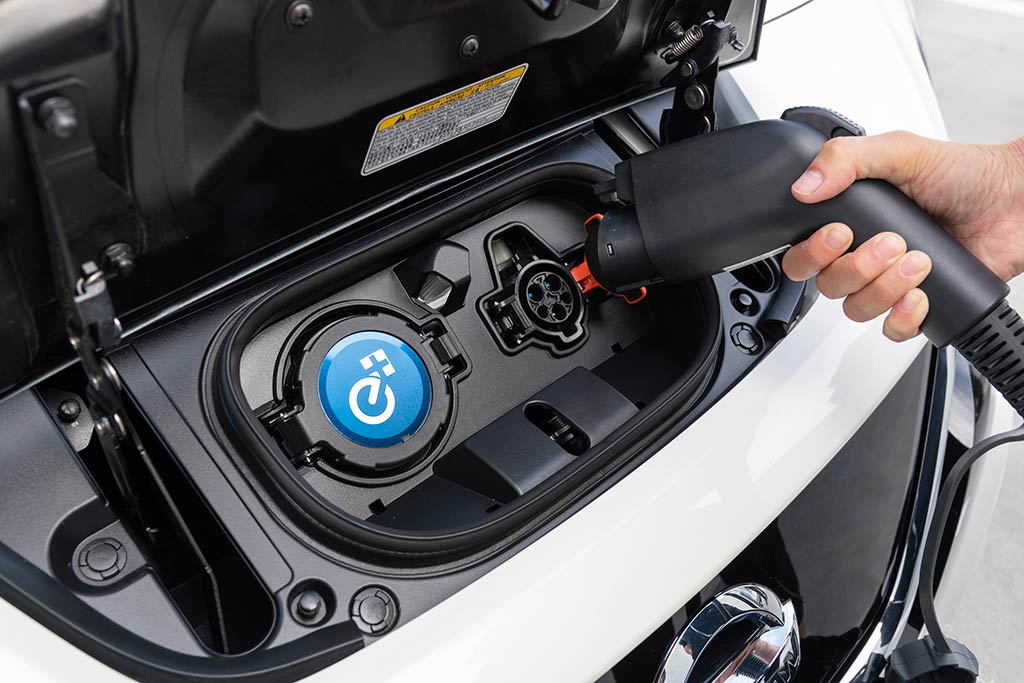
Think “Phones” not “Cars”
We’re used to the idea that cars can be driven until the needle is on “E” and then quickly brought up to their full range capacity in just a few minutes at the pump. You can even see this in the way Tesla markets their vehicles, highlighting that the Model 3 can get up to 75 miles of additional range in just five minutes at one of their “Supercharger” stations, though normal charging to full battery capacity takes hours – 30 to 44 miles of range per hour on the typical home charger. Rapid charging is also inefficient and very hard on batteries, which last a lot longer when they’re charged and discharged at slower rates.
Without realizing it, though, Apple, Samsung, LG, HTC, and all the other phone manufacturers have been training the rest of us for a smooth transition into future electric car ownership…
But almost all of us carry around a battery powered device that has the same kind of charging quirks as a Tesla; smart phones like being slowly charged and discharged, and their batteries last longest when they never drop below 20% charge or rise above 80%. If you’re the kind of person who is perpetually at 10 percent charge on your iPhone, you are probably going to face the same kind of challenge keeping an electric car powered up. Without realizing it, though, Apple, Samsung, LG, HTC, and all the other phone manufacturers have been training the rest of us for a smooth transition into future electric car ownership, where we will apply the same methods of keeping our car battery charged – keep it plugged in whenever you’re not using it, and never pass up an opportunity to throw it on the charger for a few minutes.
The Future of High Performance
With these factors in mind, what does the future of “enthusiast” cars look like? Well, it’s a sure bet that for normal transportation needs, electric vehicles are going to take over the market despite their drawbacks. Fossil fuels are a finite resource, and whether ‘peak oil’ happens in ten years, or fifty, or a hundred and fifty, it will happen. There is no foreseeable end to the availability of fuel for internal combustion engines, though – even if the last drop of crude oil was pumped from the ground tomorrow, it’s still possible to synthesize gasoline and diesel from other sources, albeit in a very expensive way. For applications where the energy density of liquid fuels is important, like commercial aircraft, long-haul trucking, or military vehicles, there’s simply no viable electric alternative on the horizon, either.
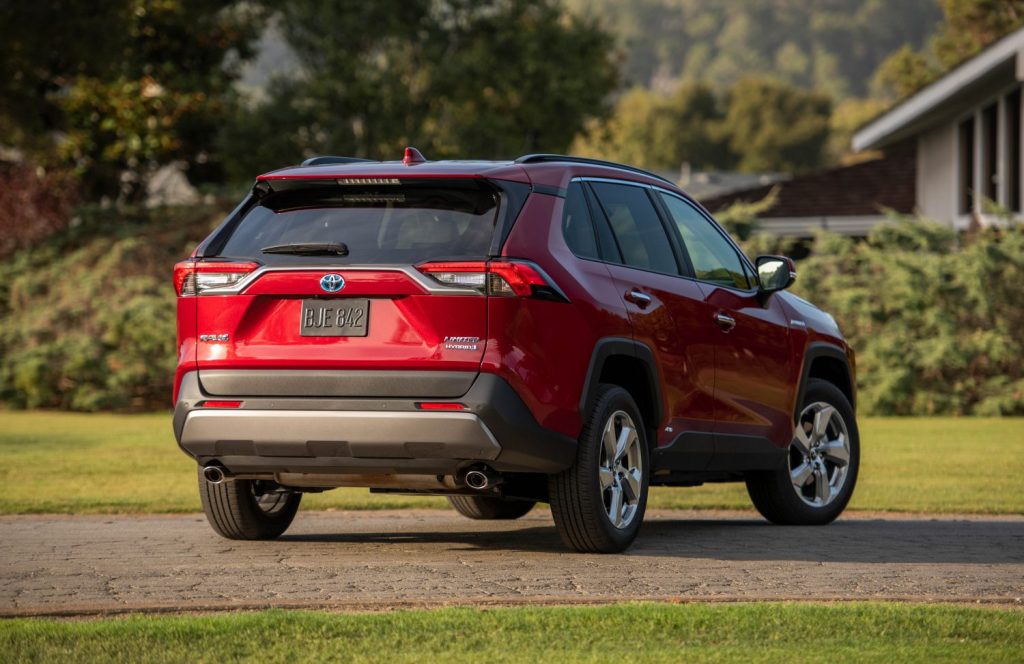
Photo Credit: Toyota
The good news is that as more of the mundane duties of personal transportation are taken over by electric vehicles, demand for gasoline will drop, stretching out the availability of relatively inexpensive fuel. It’s likely that in the near future, the most popular form of car will be a plug-in hybrid like the ones available today that derives most of its day to day range from electric power drawn from the grid, with a small ICE power plant to act as a range-extender for trips that exceed the storage capacity of the on-board battery. Another option will be pure-electric vehicles that are designed with the ability to connect to a small trailer equipped with a generator and fuel tank; for daily driving you’ll rely on normal battery power, but if you want to go on a road trip to take the family to see your cousins three states away, you’ll be able to rent the range-extender tag-along so you can keep driving for as long as your bladder will allow. Either option will require the continued existence of an infrastructure to keep them fueled.
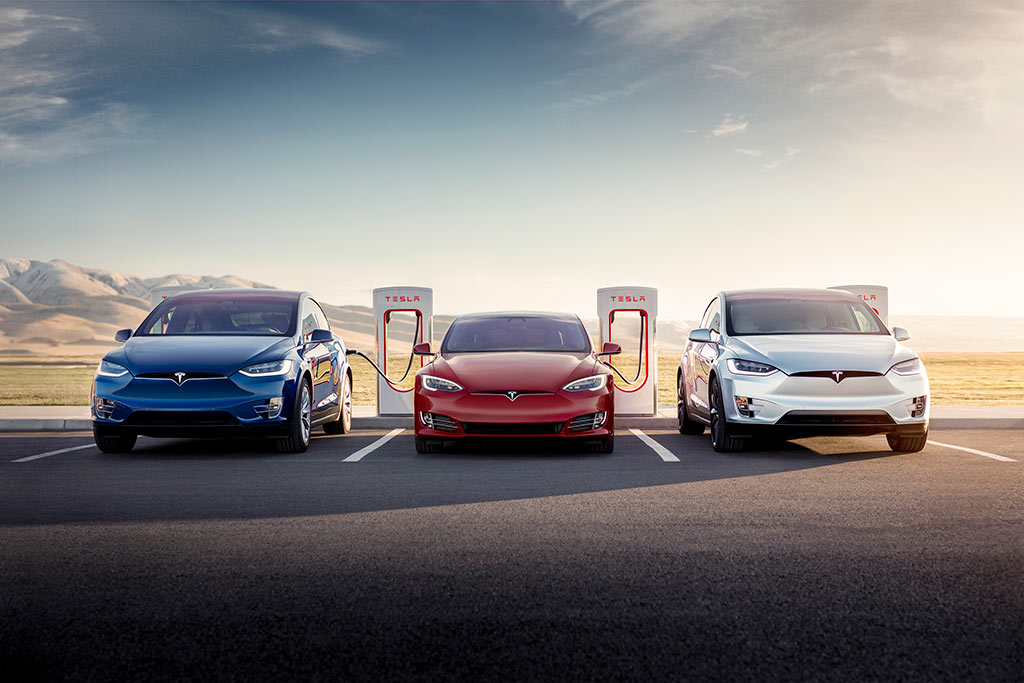
New internal-combustion-only cars will become rare, limited to niche markets and buyers with deep pockets, but with the proliferation of clean, primarily solar-powered electric cars taking the pressure off of fossil fuel consumption and limiting the ecological impact of personal vehicles, there will be room for hobbyists and racers to maintain, build, and drive cars with combustion engines, and do it guilt-free.
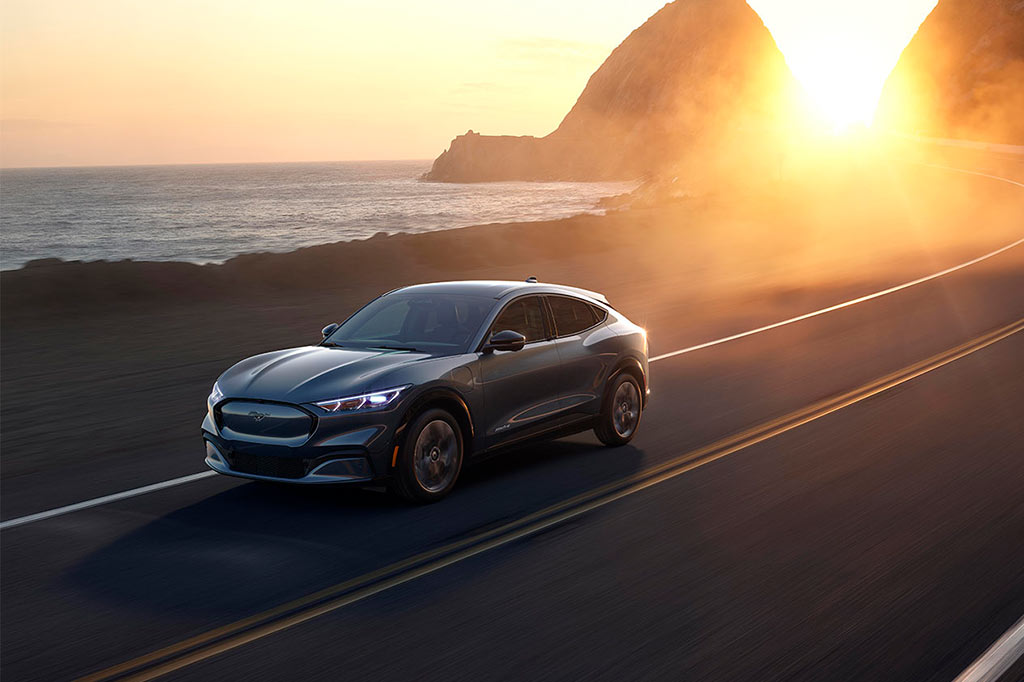
Photo Credit: Ford
Changes to the way we get from point A to point B day to day are inevitable; while the timeline is up for debate, the switch to electric cars is going to happen. Fortunately, it’s not necessarily a disaster for car enthusiasts. It will just take some adjustment, and some sound public policy that acknowledges the fact that gearheads want a better future too, and can keep their passion alive while still achieving that goal.




